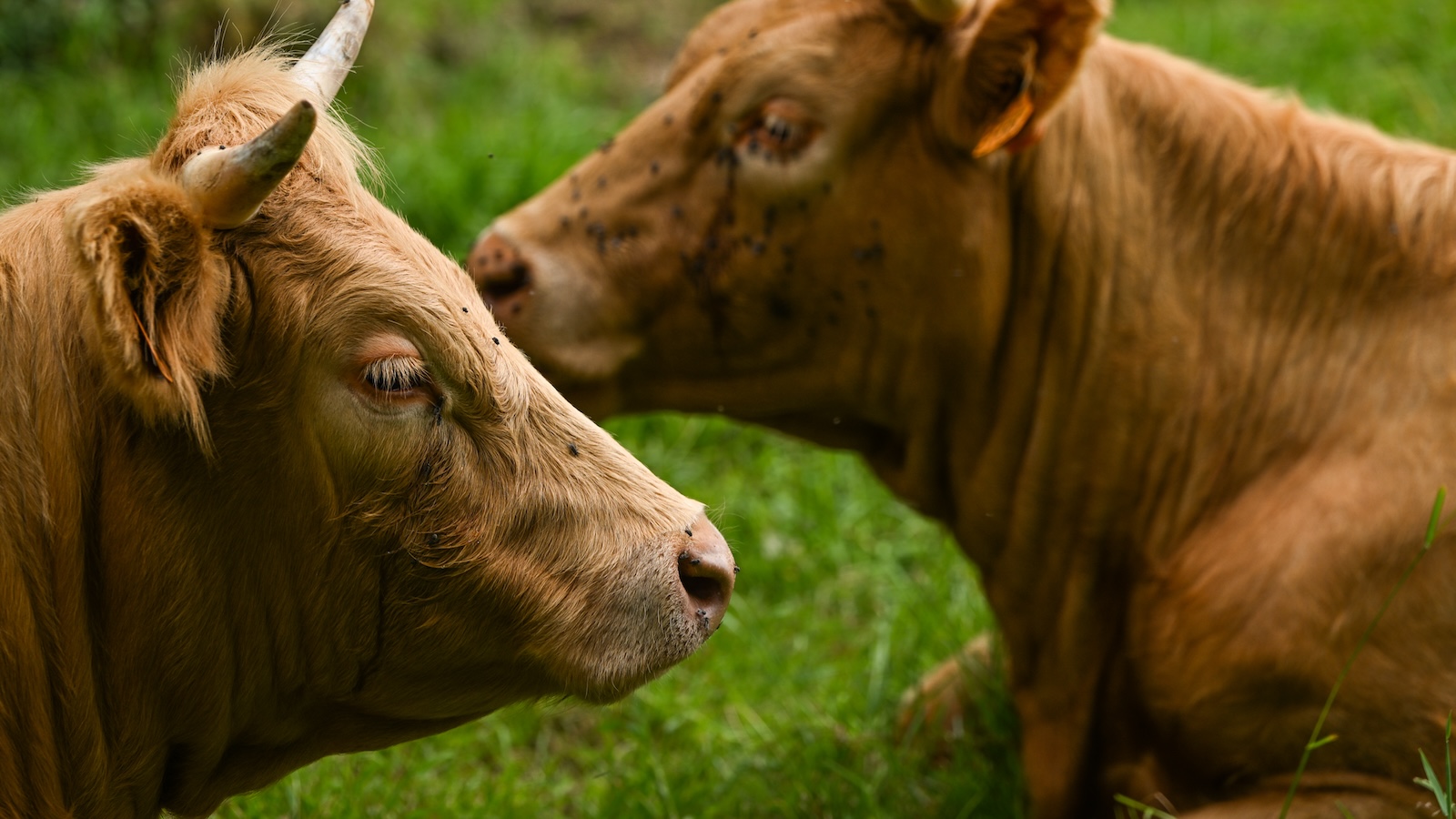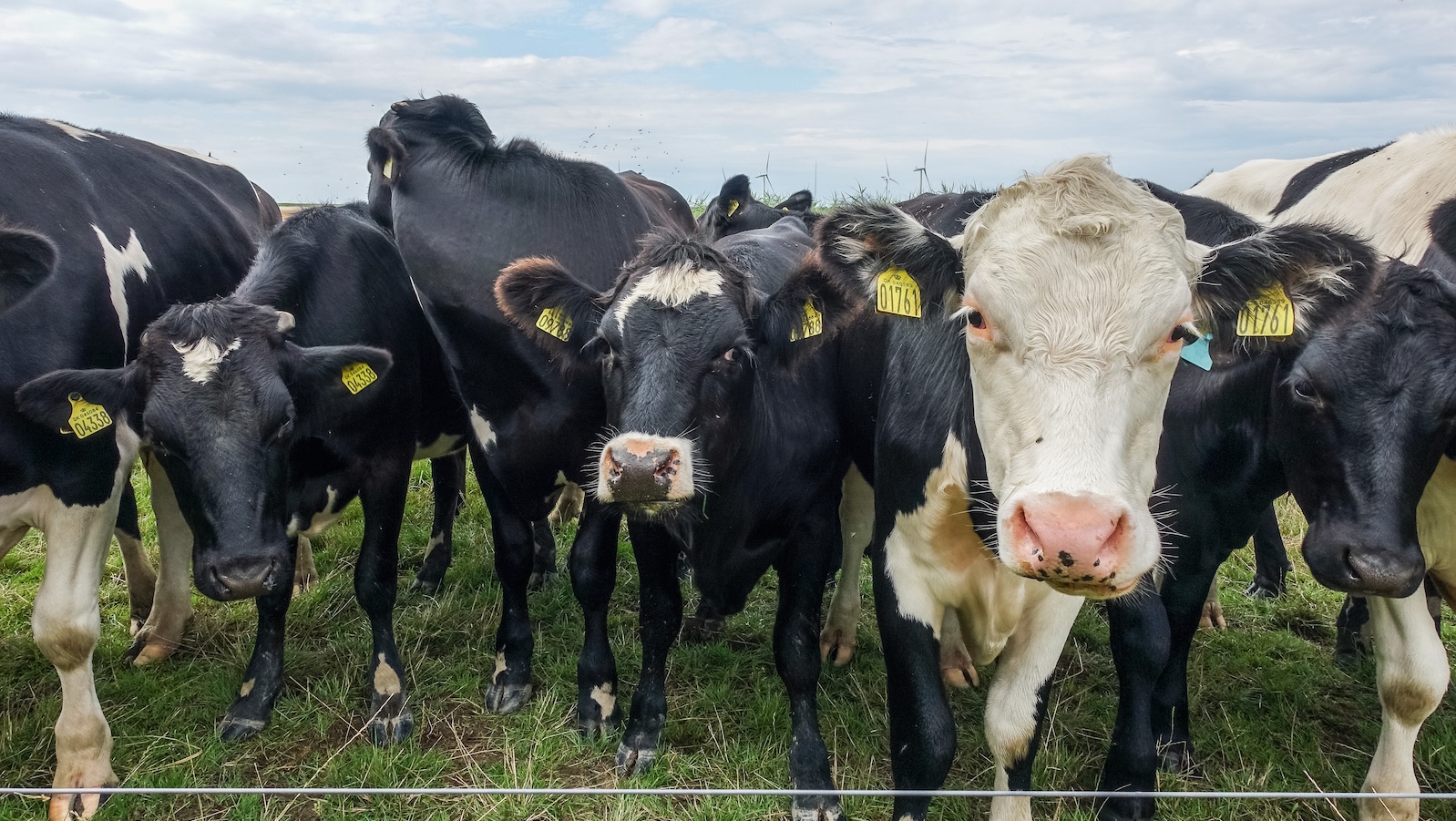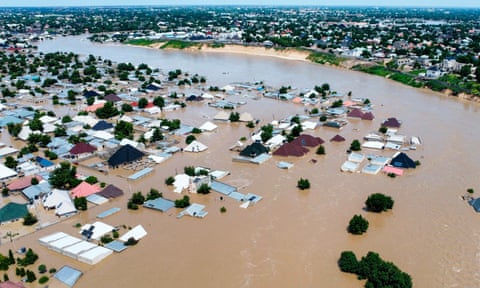
Upcoming TBLI Talk event

Procuring a Fix to the Climate Crisis.
Three things that people will learn during this TBLI Talk:
- The What, Why, and How of Net-Zero Procurement (NZP)
- How NZP can be the missing market force engaging companies in the race to net-zero GHG emissions.
- How the deployment of NZP with speed and global scale can fix the climate crisis
Bob is a leading expert on sustainability justifications, reporting frameworks, and sustainable procurement. Bob applies his business and leadership experience from his 34-year career at IBM Canada to engage the business community in proactively avoiding risks and capturing opportunities by using smart environmental, social, and governance (ESG) practices.
 Would you like to watch a recording of a past TBLI Talk event? Visit this page
Would you like to watch a recording of a past TBLI Talk event? Visit this pageTBLI Capital Connect expansion
We've expanded our Capital Connect service so start-ups and companies without significant budget for fundraising efforts can tap into our extensive network of investors, and get connected to curated investor matches that are actively investing in your sector.
Are you currently looking to meet impact investors? This service might be just for you!
More info
Arrange call to learn more
TBLI Hero
"Arvind Narula is a true visionary and a pioneer in sustainable agriculture. His relentless dedication to impact investing and creating positive social and environmental change has made him a standout leader in the global sustainability movement. As a TBLI Hero, Arvind is not only a changemaker but also a true mensch—non-extractive, deeply supportive of many, and always driven by genuine care for the communities and environments he touches. His innovative approaches and unwavering commitment to creating a better future for generations to come inspire all who work with him. We are proud to call him a dear friend and TBLI Hero''
Learn more about Arvind's company Urmatt
Seventh Vienna Impact Investment Forum

More info
Food is a huge source of methane emissions. Fixing that is no easy feat.

At least two-thirds of methane emissions come from human activity, which is both a problem and an opportunity.
An international team of researchers found that global emissions of methane, a potent greenhouse gas, rose faster than ever in the three years ending in 2022. In a new report from the Global Carbon Project, dozens of scientists reviewed many different emitters of methane and found that two-thirds of methane emissions came from human activity in 2020, while the rest came from natural sources like wetlands.
The way we eat, and the way we dispose of food, play a huge role in humanity’s growing methane problem. The report zooms in on roughly two decades of data: one from 2000 to 2009, and another from 2010 to 2019. (It also includes analysis of emissions in 2020 and beyond where data was available.) The authors found that agriculture and waste — including landfills and wastewater management — were responsible for releasing almost double the methane emissions into the atmosphere as fossil fuel production and use from 2010 to 2019.
The trend is hardly surprising to experts tracking global greenhouse gas emissions. This is the Global Carbon Project’s fourth report tracking the sources and sinks of methane emissions, and in the last global methane budget, published in 2020, agriculture and waste also contributed roughly twice the methane emissions as the methane that leaked into the air during the extraction of oil, gas, and coal. But the findings come at a time when more than 155 countries have committed to slashing their methane emissions by 30 percent by 2030, indicating the amount of work left to do to reach this climate goal has grown. That’s both a problem and a potential opportunity, said one report author.
The figures detailed in the report, especially from the agricultural sector, are not “fixed numbers,” said Peter Raymond, a professor of ecosystem ecology at the Yale School of the Environment and one of the dozens of scientists who contributed to the methane budget report.
Agricultural production uses up just under half of the planet’s habitable land, which represents plenty of room for intervention. Animal agriculture is an especially big contributor to global methane emissions: The largest source of methane emissions within the agricultural sector is livestock. Ruminants like cattle and sheep release methane into the atmosphere when they burp. This source of methane is technically known as enteric fermentation.
Cutting meat consumptions — particularly red meat, particularly in high-income countries — represents an opportunity to lower methane emissions. “There’s a place for shifting our diets,” said Richard Waite, director of agriculture initiatives at the World Resources Institute.

For regions that “consume more meat than the global average,” said Waite, “shifting away from meat especially toward plant-based foods” presents a real opportunity to cut back methane emissions.
Raymond noted that other climate solutions are emerging that target enteric fermentation; these include animal feed additives like seaweed, which can reduce cattle’s methane production.
The other two major sources of methane from agriculture are manure management and rice production. In those areas, too, there’s a number of potential solutions that would reduce methane emissions, such as separating animal waste by liquids and solids and finding alternatives to flooding rice paddies.
Raymond pointed out that governments are especially interested in solutions to reduce methane emissions because “it’s also seen as a possible way to buy time” while governments and the private sector undertake the monumental task of replacing fossil fuels with renewables. CO2 represents more than 99 percent of the greenhouse gases in the atmosphere by concentration, and it’s responsible for 64 percent of the heat trapped in the atmosphere. That, he said, makes carbon “a much bigger nut to crack.”
Methane spends a lot less time in the atmosphere than carbon dioxide; about 20 years after it’s released, most of it will have decayed, while carbon dioxide lingers in the atmosphere for hundreds of years. But methane also generates heat much more readily than carbon dioxide — about 80 times more in its first 20 years in the atmosphere — meaning it contributes significantly towards global warming in the short term. It is good news — sort of — because by the same token, any reductions in methane emissions will have more of an impact on the climate right away.
Read full article
Amazon River Dolphins Are Facing Mass Die-Offs In Brazil

Brazilian scientists worry that a few straight days of intense sun could be all it takes to trigger the next die-off of the endangered dolphins.
Now she and a team of researchers at the Mamirauá Institute are bracing for what they fear could be even more extreme and deadly conditions. Drought arrived in the Amazon a month earlier than usual this year. In Tefé, water levels have been dropping by as much as 1 foot per day, turning areas that were recently covered in water into bone-dry expanses of sand. As of Thursday, water levels on the lake were only 8 to 12 inches above last year’s record lows, according to Ayan Fleischmann, a hydrologist at the Mamirauá Institute. Upstream of Tefé, water levels on many rivers have already smashed record lows set last year.
Earlier this week, water temperatures in Lake Tefé spiked to 98 degrees before clouds, bouts of rain and thick smoke from uncontrolled, often intentionally set wildfires moved in.
“That’s keeping the heat down a little bit,” Marmontel said of the smoke and rain. “That’s what’s saving us, I think, us and the dolphins.”
The Amazon Basin is home to two unique species of freshwater dolphins, the Amazon river dolphin, also known as the boto or pink river dolphin, and the tucuxi, a smaller, gray-bodied species. These remarkable mammals are endemic to the Amazon region, and their populations have been in severe decline due to myriad threats, including pollution, habitat loss, hunting and the mounting effects of climate change.
Marmontel and her team fear that a few straight days of intense sun is all it will take to trigger the next die-off of dolphins.
“I can almost see that it’s going to happen again in a matter of a few days,” Marmontel said.
Several dolphin carcasses have already turned up.
To better understand how climate change-fueled drought is affecting populations of freshwater dolphins in the Amazon, Marmontel and her team have been conducting in-depth health assessments. Last year, with the help of local fishermen, Marmontel successfully captured and released 20 animals in protected reserves near Tefé. Overall, the dolphins looked healthy.
But not long after she returned from that trip, her organization received reports of 19 dolphin carcasses floating or washed ashore on Lake Tefé. One or two dead animals per month is not unusual, but 19 in a single day signaled something was terribly wrong, she said. Five days later, 70 more dead dolphins were recovered.
The mass mortality event was as unexpected as it was unprecedented. Initially, biologists at the Mamirauá Institute, which led the investigation, worried the deaths might have resulted from pollution or disease. In grueling heat and wearing masks to protect themselves from unknown pathogens, they collected dozens of carcasses in various stages of decomposition and conducted thorough necropsies.
What they would later conclude is it wasn’t a contagious disease or pollution that killed the animals. Instead, researchers are confident that for the first time on record, dolphins in the Amazon died because the water they live in became too hot.
In the end, more than 200 endangered dolphins perished in the waters around Tefé — a loss of approximately 20% of the lake’s population of Amazon pink river dolphins and 7% of tucuxi.
An additional 120 dolphins were found dead in waters near Coari, a city about 120 miles downriver. Marmontel expects other dolphin populations throughout the Amazon also got hit, although there isn’t data on the full scale.
“I can’t believe just Tefé and Coari were blasted with this thing,” she said. One of the reasons those die-offs garnered immediate attention is because the cities are home to research institutes and universities.
More than 200 inmates escape Nigerian prison in aftermath of flooding

By: Eromo Egbejule in Abidjan
Prisoners fled when the walls of their jail collapsed in the country’s worst flooding in two decades
More than 200 inmates escaped from a prison in north-east Nigeria in the aftermath of the worst flooding there in over two decades, authorities have announced.
There have been 37 deaths in Borno state after parts of its capital, Maiduguri, were overrun by water on 9 September following the collapse of a dam, according to the National Emergency Management Agency (NEMA). As many as 200,000 others have been displaced. Residents of the city said some areas were still flooded on Monday when the president, Bola Tinubu, visited.
In a statement on Sunday, Abubakar Umar, a spokesperson for the Nigerian Correctional Service (NCS), said officials discovered that 281 inmates had escaped while being transferred to “a safe and secure facility” after their prison was flooded. Seven prisoners were recaptured while 274 others remain at large.
“The flood brought down the walls of the correctional facilities, including the medium-security custodial centre Maiduguri as well as the staff quarters in the city,” Abubakar said.
The NCS has begun a search for the missing prisoners in collaboration with other security agencies, he added.
According to local reports, reptiles, lions and other wildlife from the city’s Sanda Kyarimi Park zoo were washed into residential neighbourhoods by last week’s intense floods.
People displaced by the torrential rains are living in temporary shelters set up in six camps across the city. Maiduguri, the birthplace of a 15-year insurgency by the jihadist group Boko Haram, was once home to camps in some of the same locations for internally displaced persons (IDPs) but state authorities, keen to get people back to the rural areas, began closing them in the last three years. Relief materials have come from the federal government and the United Arab Emirates.
As many as 31.8 million Nigerians are already at risk of acute food insecurity, according to the UN’s Food and Agriculture Organization (FAO). Aid workers say things could get worse in the coming weeks, especially in northern Nigeria which is at the centre of the extreme weather crisis. There are also fears of potential cholera outbreak in the crowded camps.
“The area is now on high alert for outbreaks of diseases including cholera, malaria, and typhoid as well as animal and zoonotic diseases,” the FAO said in a statement.
In April, the Nigeria Hydrological Services Agency launched the 2024 Annual Flood Outlook, warning of floods across most of Nigeria’s 36 states. But the rains surpassed the annual average as the impact of climate change ramp up around the globe.
So far, 29 states have been affected. FAO representatives say 1.3m hectares (3.2m acres) of land nationwide was submerged as of 10 September. About half of that was cropland.
“The severity of this flood [in Maiduguri] has far exceeded our estimates,” said Kashim Shettima, the vice-president and former governor of the state, during his assessment visit.
The floods in Nigeria come as people in neighbouring Cameroon’s Far North region are reeling from a flood on 28 August that led to 3,700 houses collapsing after water retention dykes broke.
